Kiowa People
The reason for the town’s namesake: A Native American tribe and an indigenous people of the Great Plains. They migrated southward from western Montana into the Rocky Mountains in Colorado in the 17th and 18th centuries.
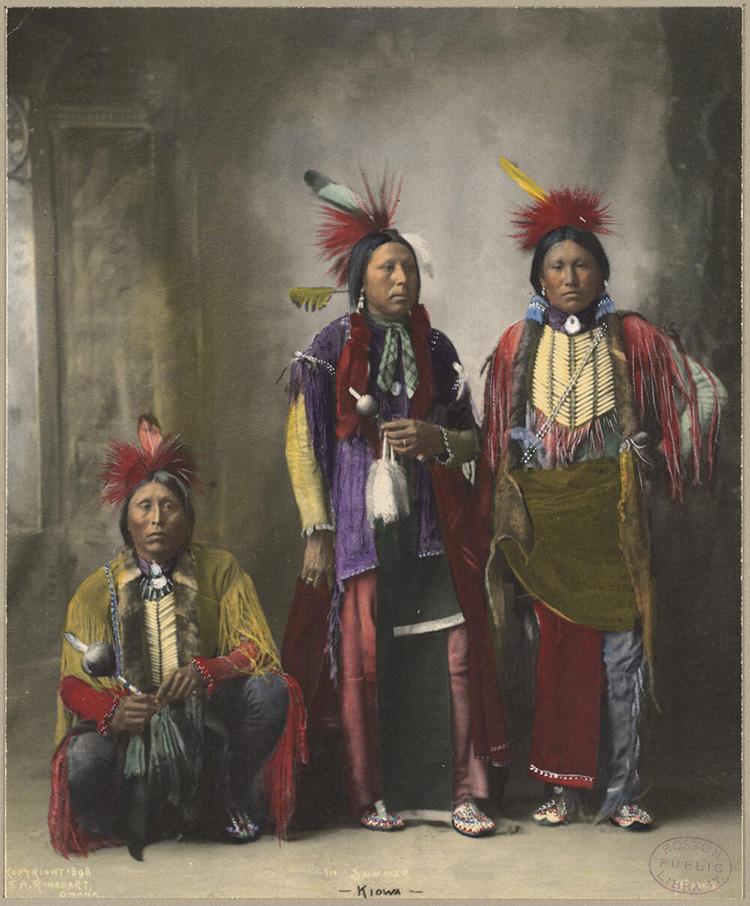
The Town of Kiowa originated as a stage stop along the Butterfield Overland Dispatch (BOD) freight and stagecoach line on the Smoky Hill Trail’s southern branch. The Smoky Hill Trail was a wagon road that opened in 1859 and ran nearly 600 miles, commencing in eastern Kansas and following the Smoky Hill River west to its source in eastern Colorado before crossing the high plains and terminating in the newly established Denver City. Despite being promoted as a shortcut to the Rocky Mountain goldfields, the Smoky Hill Trail lacked the abundance of the vital essentials (namely wood, water and grass) that the more established trails along the Arkansas and South Platte rivers provided.
Henry Wendling was one of the first settlers in the area and homesteaded the land on which the Kiowa Creek Station was located and even ran the stage stop for a time. Early on the settlement was known as Middle Kiowa because at the time there were two other settlements along Kiowa Creek, one known as “High” Kiowa and the other “Low” Kiowa based on their location on the creek itself. Both the creek and the settlements were named after the Kiowa Indian tribe who spent their summers hunting in the area.
Kiowa Creek
A 123-mile-long (198 km) tributary that flows northeast into the South Platte River in Morgan County, Colorado near Orchard. The creek’s source is in the Black Forest of El Paso County, northeast of Colorado Springs, Colorado. Kiowa Creek rises in the highlands of the Colorado Piedmont.
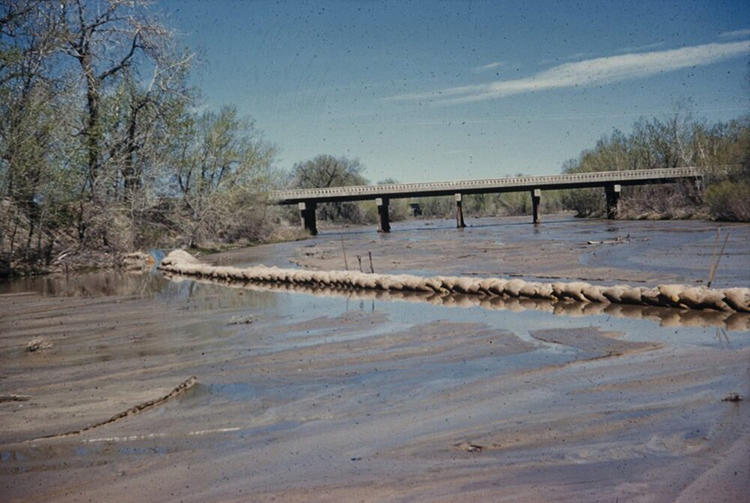
In February 1874, Middle Kiowa was designated the county seat of the newly established Elbert County. Later that same year, four horse thieves were caught about 15 miles up creek and brought into town before Judge George Fahrion. For three days the trial lingered until finally on the third night, a group of about 50 masked men overpowered the sheriff and deputies and loaded the four men into a wagon. They took them to an outcropping of pine trees southeast of town and with the men still shackled together in twos, they were hung together in twos with the shackles still on.
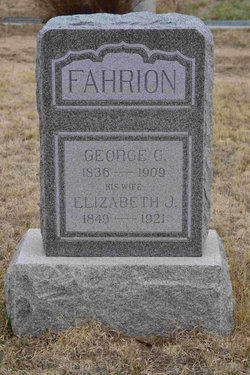
George Conrad Fahrion
Judge George Fahrion homesteaded north of Kiowa and presided over the county court for a record thirty-five years. He was appointed the first county judge following Elbert County’s creation in 1874, and although a democrat, was never defeated in subsequent elections in a county which historically votes republican. To this day, no other county judge in the history of the state can parallel his record, and the fairness and impartiality of his decisions reflects an unblemished record.
Other stories tell about the struggle between farmers and ranchers in the 1880s and how the town was split right down the middle. Ranchers lived on one side and farmers on the other, it’s been said there were even separate general stores, blacksmith shops, saloons, etc. for each -one of each on both sides of the street. Legend has it that a rancher spotted a farmer he despised on the other side of the street and with a pistol in hand aimed and fired. Missing, he hit an overturned plow that ricochet the slug, which then struck and killed a fellow rancher on the same side of the street.
Agricultural Roots
In the 1880’s, Farmers and Ranchers split Kiowa right down the middle.
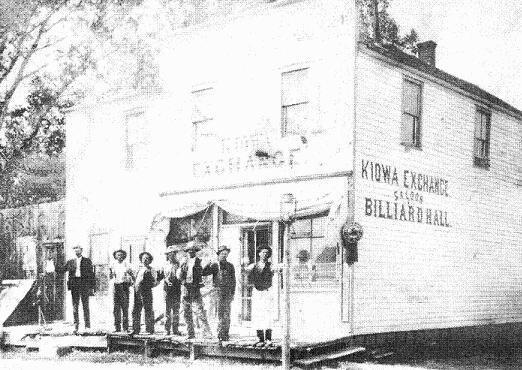
Life in Middle Kiowa was not always so wild and lawless. In 1912, “Middle” was dropped from the name when the town incorporated and the pride of the community- Elbert County’s third courthouse, was built during the second half of the year. Construction began on July 1 and was completed on November 26, followed by a public dedication two days later which included a grand barbeque that consisted of 12 sheep, 3 steers and a bear. The festivities brought an estimated 1,500 people to Kiowa that day and concluded with a dance in the upstairs courtroom that lasted until dawn.
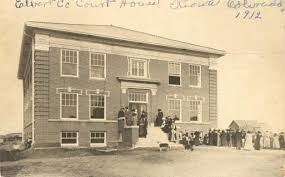
The Courthouse
The third Elbert County Courthouse was completed in November 1912. The dedication ceremony drew over 1,000 people from all over the county and included a bear barbecue and community dance upstairs in the courtroom.
On May 31, 1935, the worst flood to ever come down Kiowa Creek swept away the western portion of town. Homes and businesses were flooded or destroyed, livestock and cars was swept downstream and three people lost their lives. The floodwaters were described as a half-mile wide, 12 to 15 feet high and the speed of a fast horse. After the waters subsided, the towns’ people went to the task of rebuilding what had been lost or destroyed.
Today, the Town of Kiowa has a population of about 744 residents and is experiencing tremendous growth and will continue to expand in the years to come.
Pictures and history references are courtesy of Elbert County Historical Society & Museum, 515 Comanche St (Hwy 86) · PO Box 43 · Kiowa, Colorado 80117.